Contract contingency clauses are widely applied in the construction and utility industry where cost can be ambiguous until work begins. Many companies reserve 5-10% of the total budget to account for uncertain occurrences and events that will likely result in additional costs. There are two main types of contingencies: owner contingency and contractor contingency. Owner contingency is defined as an owner’s reserve amount set aside for scope modifications and additions. Any changes to scope that are not included in the initial bid will be paid for with the owner contingency. Contractor contingency are funds that are incorporated into the contractor’s budget to account for various risks and situations that could not be previously anticipated. Money is set aside to account for any errors that occur on behalf of the contractor. The following are some examples of situations in which contingency clauses are useful:
Owner contingency:
- Small to medium scope changes that are needed to meet specifications
- Minor force majeure events
- Permit approval issues resulting in schedule delays
Contractor Contingency:
- Missed details or incorrect calculations in original bid
- Minor changes requested by owner that were not contemplated in the original scope
- Equipment and material cost growth during project
Contingency clauses can easily become a sore point for both parties if details are not discussed prior to signature. To maintain and ensure a strong supplier relationship, contingency clauses should be part of a transparent discussion from the beginning. The combined project team should establish a clear understanding of who has what authority to assign contingency funds to cover actual project costs, in addition to agreeing on timing for the assignment of contingency funds. A shared savings clause can also be included to establish how to distribute unused contingencies. Both parties should also conduct a risk assessment prior to start of work to account for potential contingency uses. During project performance, there should be constant, visible communication regarding requests for and decisions to allocate contingency funds. All the parties involved in a project must understand how, when, and for what purpose the contingency funds are applied and consumed.
Contingency clauses are an important option to consider including in all contracts where specifications and outcomes cannot be completely known. If best practices in Procurement are followed, they support a smooth project execution, leaving both parties happy and with a strong relationship.
Subscribe to ProcureAbility Insights to access whitepapers, presentations, plus our latest thought leadership.



